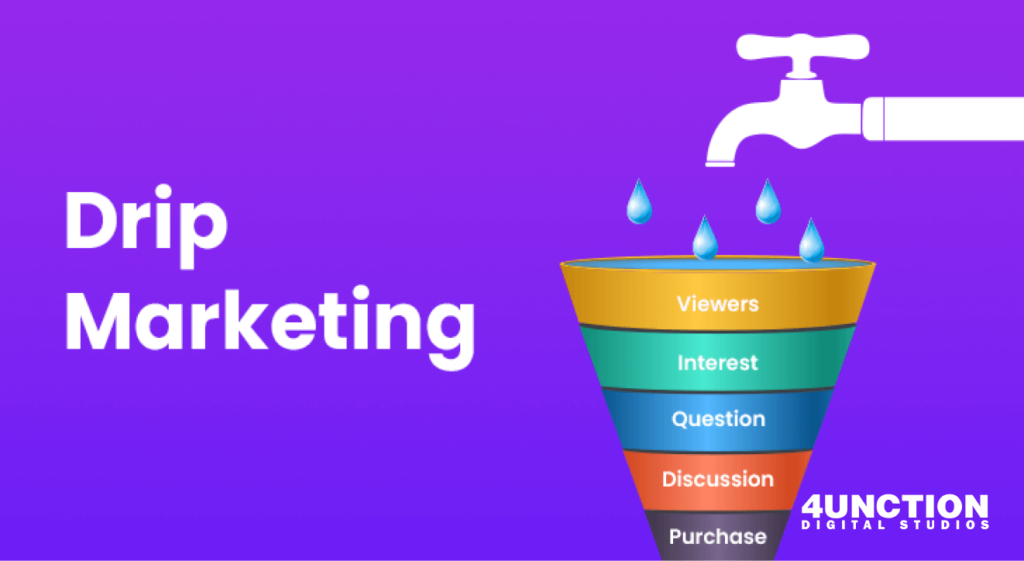In the current rapid digital landscape, efficient communication is critical for organizations to remain competitive. Email marketing is still a powerful tool, and intelligent email automation is the key to maximizing its effectiveness. This blog will delve into the realm of email automation, with a focus on two key components: drip campaigns and segmentation.





